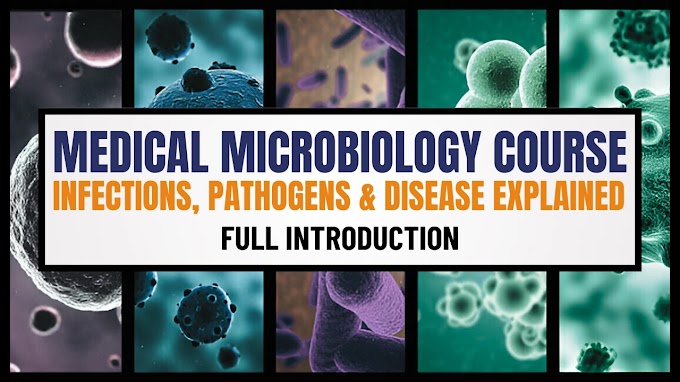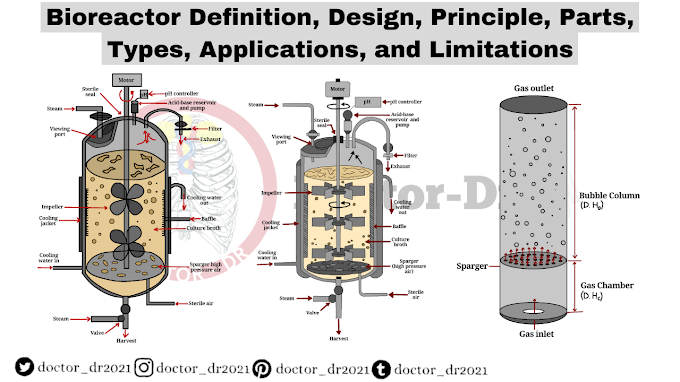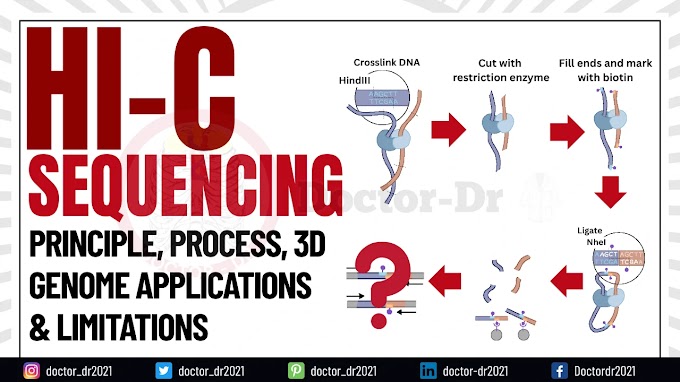Introduction:
Tuberculosis (TB) is a highly lethal infectious disease, and the rise of drug-resistant strains has posed a significant challenge for its treatment. Researchers at the Karlsruhe Institute of Technology (KIT) have developed a groundbreaking solution using nanoparticles to deliver new antibiotics directly to the lungs. By enhancing drug concentration at the site of infection, this nanomedical approach shows promising results in combating multidrug-resistant tuberculosis. The study, published in ACS Nano, highlights the effectiveness and compatibility of these antibiotic-loaded nanocarriers.
The Challenge of Tuberculosis:
Tuberculosis remains one of the leading causes of death worldwide, with an increasing number of drug-resistant cases reported by the World Health Organization (WHO). The unique characteristics of the disease, including the ability of bacteria to lie dormant for extended periods and the frequent resistance to multiple antibiotics, make TB particularly difficult to treat. Inadequate drug concentrations at the site of infection and premature termination of treatment due to severe side effects contribute to the emergence of therapy-resistant strains.
The Potential of Nanocarriers:
Nanoparticles offer a promising solution to address these challenges and minimize the development of further resistance. By transporting new antibiotics directly to the source of infection and infected cells, nanocarriers can increase local drug concentration in the lungs. However, many newly developed antibiotics are lipophilic and poorly soluble in water, hindering their administration through traditional means such as ingestion or injection.
KIT's Innovative Approach:
Researchers at KIT's Institute for Inorganic Chemistry have successfully developed nanoparticles with extraordinarily high antibiotic concentrations, accounting for up to 99% of the total weight of the particles. By dispersing these nanocarriers in water, they can be delivered via inhalation, allowing the aerosol to reach the depths of the lungs. The efficacy of the nanocarriers was tested at the Research Center Borstel, Leibniz Lung Center, in collaboration with partners from Germany, Austria, and Belgium. Encouraging results were obtained both in the laboratory and in living organisms, demonstrating the potential of this novel approach.
Overcoming Biological Barriers:
The amorphous nanoparticles designed for inhalation therapy contain high concentrations of the antibiotics Bedaquiline (69%) and BTZ-043 (99%), which are effective against multidrug-resistant tuberculosis bacteria. The addition of surfactants enables the dispersion of these lipophilic antibiotics in water. The resulting dispersions remain stable for several weeks. In animal tests using mice, the nanoparticle dispersions exhibited 50% higher efficacy than conventional BTZ-043 solutions for pulmonary inhalation. Moreover, the nanocarriers demonstrated the ability to overcome various biological barriers, resulting in high drug concentrations in the lungs while minimizing accumulation in the liver and spleen.
Future Prospects:
The research conducted by KIT and the Research Center Borstel has shown promising results, providing evidence that high doses of antibiotics can be directly delivered to tuberculosis foci in the lungs without adversely affecting other organs. While further work is required before applying this aerosol formulation to humans, the development of nanocarriers represents a significant step toward revolutionizing tuberculosis treatment.
Conclusion:
The development of nanocarriers for targeted antibiotic delivery to combat multidrug-resistant tuberculosis holds great promise. By utilizing nanoparticles, researchers have overcome the challenge of delivering lipophilic antibiotics directly to the lungs, where the infection resides. The high drug concentrations achieved and the ability to overcome biological barriers mark a significant advancement in tuberculosis treatment. With further research and refinement, nanocarriers could play a crucial role in improving the efficacy and reducing the development of drug resistance in tuberculosis therapy.








